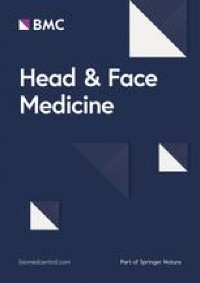Introduction
Papillary thyroid carcinoma (PTC) accounts for the majority of thyroid malignancies; risk of PTC recurrence over a 30-year period is approximately 30%, of which 70% occur as nodal metastases. Patients with nodal disease who are treated with therapeutic dissection are at higher risk for recurrence, but optimal nodal yield has not been defined. We aim to determine variables predictive of nodal recurrence of PTC within the first 5 years of surgery, with a focus on lymph node ratio (LNR), to inform clinical decision-making.
Methods
Retrospective chart review identified 41 patients with nodal recurrence of PTC and 284 without nodal recurrence following thyroid surgery from 2000 to 2015. Cohorts were compared with regards to clinical history, surgical findings, and tumor characteristics.
Results
The fraction of the patients who underwent therapeutic central or lateral lymph node dissection was significantly higher in the nodal recurrence cohort. Maximum tumor size, presence of extrathyroidal extension, largest lymph node focus, LNR, postoperative thyroglobulin level, and administration of postoperative radioactive iodine were significantly increased in the PTC nodal recurrence group. LNR greater than 0.3 held the highest level of significance as a binary cutoff and captured the larger proportion of patients in the nodal recurrence cohort (68.3%).
Conclusion
This study demonstrates characteristics to help assess risk of nodal recurrence of PTC and suggests LNR of lower than 0.3 is optimal to reduce risk of recurrence. The next steps include cohort studies to validate findings and weight variable analysis to optimize the extent of surgical therapeutic dissection.
Level of Evidence
4 Laryngoscope, 2022




